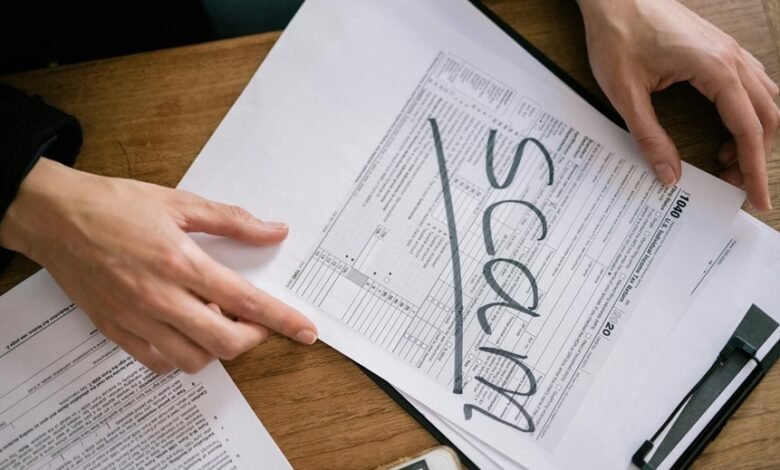Suspicious Hotline Caller Investigation Fraud Authority 3510020179 3510151794 3509563465 3513849880 3383853010 3284294885

The Fraud Authority has initiated an investigation into several hotline callers linked to specific numbers, including 3510020179 and 3513849880. This move aims to identify potential fraudulent activities tied to these contacts. Investigators will analyze calling patterns and connections among these numbers. Understanding the common tactics used by scammers is crucial. As the investigation unfolds, the implications for public awareness and fraud prevention become increasingly significant. What measures can individuals take to protect themselves?
Overview of the Fraud Authority Investigation
The investigation conducted by the Fraud Authority has unveiled a complex web of deceit surrounding a series of suspicious hotline calls.
The investigation process meticulously examined numerous fraudulent schemes, identifying patterns and connections among callers. Analysts focused on the discrepancies within reported information, revealing alarming trends.
This objective approach aims to enhance public awareness and safeguard individuals from potential exploitation by malicious entities.
Common Tactics Used by Scammers
While various methods exist, scammers frequently employ a set of common tactics designed to manipulate and deceive unsuspecting victims.
Utilizing scammer psychology, they create urgency, leverage emotional appeals, and impersonate authority figures.
These strategies exploit trust and fear, making individuals more susceptible to fraud.
Understanding these tactics is essential for effective fraud prevention, empowering potential victims to recognize and resist such deceptive maneuvers.
Warning Signs of Fraudulent Calls
How can one identify a fraudulent call amidst the cacophony of legitimate communications?
Key red flags include unfamiliar caller identity, pressure to disclose personal information, and unsolicited offers.
Additionally, inconsistent details or vague responses can indicate deception.
Recognizing these warning signs allows individuals to remain vigilant, protecting their personal information from potential threats posed by fraudulent callers seeking to exploit trust.
Tips for Protecting Yourself From Telemarketing Fraud
Many individuals fall victim to telemarketing fraud each year, making it essential to adopt effective strategies for protection.
To enhance fraud prevention, individuals should remain skeptical of unsolicited calls, avoid sharing personal information, and utilize call-blocking technologies.
Reporting suspected telemarketing scams to authorities can also aid in combating these fraudulent practices, ultimately empowering consumers to maintain their financial autonomy and security.
Conclusion
In conclusion, the Fraud Authority’s focused investigation into the identified hotline numbers highlights the persistent problem of telemarketing treachery. By recognizing the red flags of fraudulent calls and arming themselves with awareness, individuals can successfully shield themselves from scams. Staying vigilant and informed is paramount in this ongoing battle against deception, ensuring that the public remains protected from potential pitfalls posed by cunning callers. Ultimately, collective caution can cultivate a safer environment for all.




